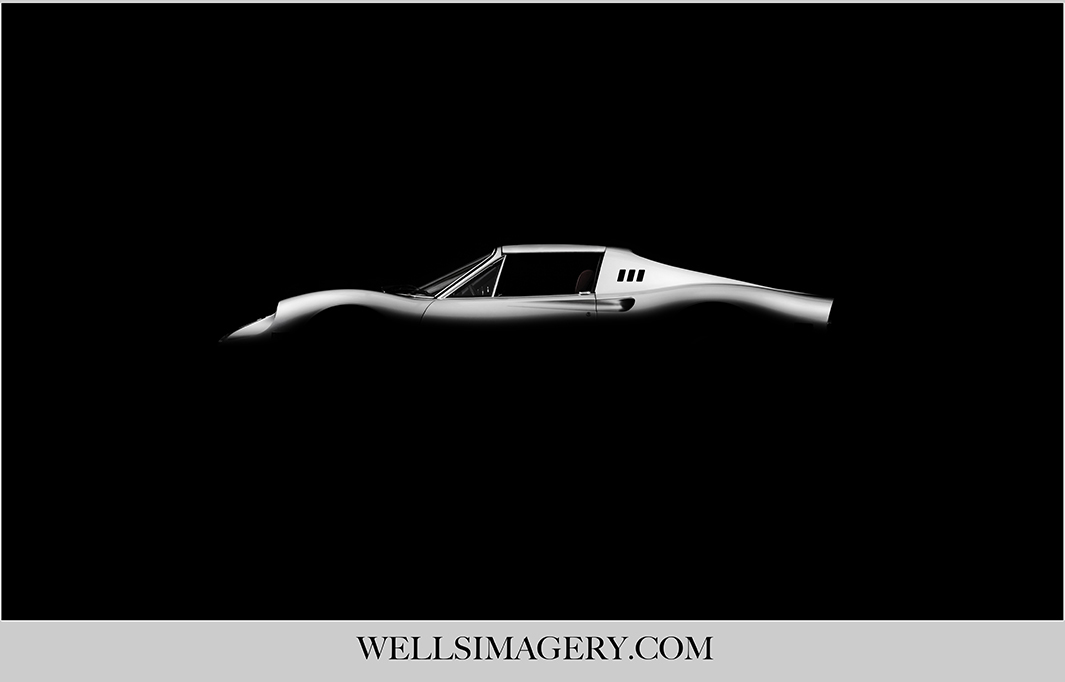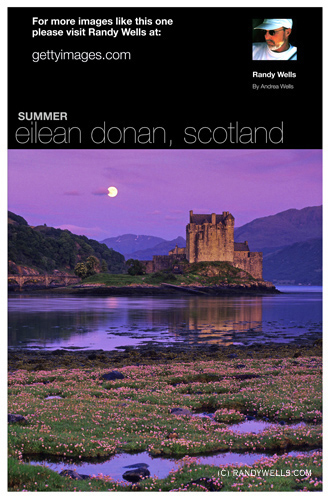PART III. CREATIVITY AND THE DIGITAL CAMERA: A LOOK BACK – Randy’s Photo Tips
For the third installment on creativity and the photographic process I revisit my first professional digital camera in an article I wrote for PC Photo Magazine:
“What inspires us to photograph in a more creative way? For some it might be the realization that we are seeing something anew for the very first time. It might be as simple as connecting with a new country or culture. Maybe this inspiration is a reward for venturing outside of our comfort zone. For others, it might come from trying out a new technique, or viewing a master photographer’s work, or being forced to overcome some challenge that compels us to aspire to heights we haven’t reached for previously.
Having photographed professionally for almost 30 years, I’ve found all of these situations inspirational for me at one time or another. Several years ago, I was looking for a new inspiration to photograph more creatively. So, I pondered, what could be the catalyst that would light a fire underneath me? It turned out it was digital, it was a camera, and I never really saw it coming.
The phrase “just because you can do something, doesn’t mean you should,†echoed through my brain as I picked up my first professional digital SLR. I had experienced some of the potential shortcomings of digital as it relates to one of my other interests, music reproduction, and I wasn’t about to jump on the digital imaging bandwagon too soon. In reality, the problem turned out not to be so much about digital photography, but about my unwillingness to explore this new medium. Once I started working with my new tools (a Canon DSLR, Lightroom 1.0, and the latest version of Photoshop), I found I could be even more original in my life’s work, and the process of expressing my feelings onto an image became even more fluid. Well-known nature photographer Jim Brandenburg has called digital photography more organic than film, and I agree. Here’s why:
1. Histogram: No longer did I need to be concerned about improperly exposing the image. With transparency film, there was always a need to bracket exposures and be vigilant of monitoring your exposure meter’s accuracy, not to mention your processing lab’s accuracy in developing the film. Now, using my digital camera’s histogram, I caould be sure that my exposure is correct before I start to photograph in earnest. With no concerns about exposure, I could become creative much sooner in the photographic process than I ever did working with film. It’s one less thing to get in the way of involving myself in a subject completely. This total immersion in the moment is when great photographs are made, and I want to spend as much of my time photographing in that state as possible. Having the assurance of correct exposure with the histogram helps me do that.
2. The Review Monitor: Having the ability to review your progress in capturing an idea or feeling photographically is truly invaluable. It’s so quick and easy to check. On my digital camera I could also check focus under extreme magnification on the monitor. I could now shoot over my head or from ground level or experiment with motion blurs and be sure that I’m getting the shot before I leave the scene. In essence, I could work towards an idea and complete it knowing that I have it in the bag. In addition (and this is the even better part), I was able to be open to chance and follow another path off of my original idea when that direction becomes apparent to me while reviewing my progress in the review monitor. Awareness of other creative solutions in capturing a feeling on film has always been available to photographers. When you are able to review work en route, the chances of discovering a new solution improves dramatically in a new and exciting way.
3. Economical Factors: When I was shooting with transparency film, I might have an idea that I could never be completely sure of capturing and be willing to risk only a couple of rolls of film. Now, with digital, I can not only experiment as much as I want (assuming I have enough memory and battery power on hand), I can also check my progress and keep shooting until I am satisfied with the actual results. The days of “hoping you got it, only to find out on the light table that you didn’t†are over. When shooting outside of your geographical area or under unusual lighting conditions, the advantage of digital cameras in this regard cannot be over-estimated. You also have more flexibility with digital in holding detail in the highlights and shadows when working in RAW.
4. Video Capability: With the introduction of DSLRs like the Canon 5dMk II (now MkIII) still photographers now have the opportunity to produce cinema quality HD video movies. This capability opens up tons of possibilities in creativity as well as marketing your work. The latest development is the $15K EOS-1D C Digital SLR Camera Featuring 4K High-Resolution Capture that allows simultaneous video and still recording at the highest quality. This technology will eventually trickle down to consumer cameras.
5. Beyond the Camera as a Tool: Until now I’ve been focusing on a digital camera’s functions, but the irony is this – once you become familiar with all the features, shooting digitally is less about the tool used and more about the result achieved. Because you see your image immediately, you know if you are on the right path to expressing how you feel about the subject. You cannot hide behind the tools used – you are faced with the image you just made, and it is either a good photograph or it is not. It is up to you to take advantage of shooting digitally and make something of it. Your passion (or lack of it) is staring back at you.
So, what have I discovered? Well, it’s clear that shooting digitally is different than film, and there are certain advantages to each. With digital, the camera back becomes a reflection of what you see and how you see it – there is immediate feedback that can help you to become more focused and creative in your photography. Film has its advantages, and one of them is that you can’t easily delete an image. I also miss some of the tactile mechanical nature inherent in the old cameras (although a Leica M9 retains some of that). A balance between the intuitive and analytical is called for when shooting digitally. If you spend all your time checking progress in the review monitor, you will not be open to inspiration. If you don’t take advantage of the immediate feedback of the review monitor, you may miss a trigger for inspiration.
Photography has never been the same since pixels changed its face and the way that people communicate over the Internet, and that’s inspirational to me. Shooting with a digital camera has helped me realize how much photography is a reflection of who we truly are. That wonderful motto has never been more self-evident – “you see it when you believe itâ€. And now, with simultaneous still and motion capability being added, the possibilities for expressing your vision have become even more endless.”

